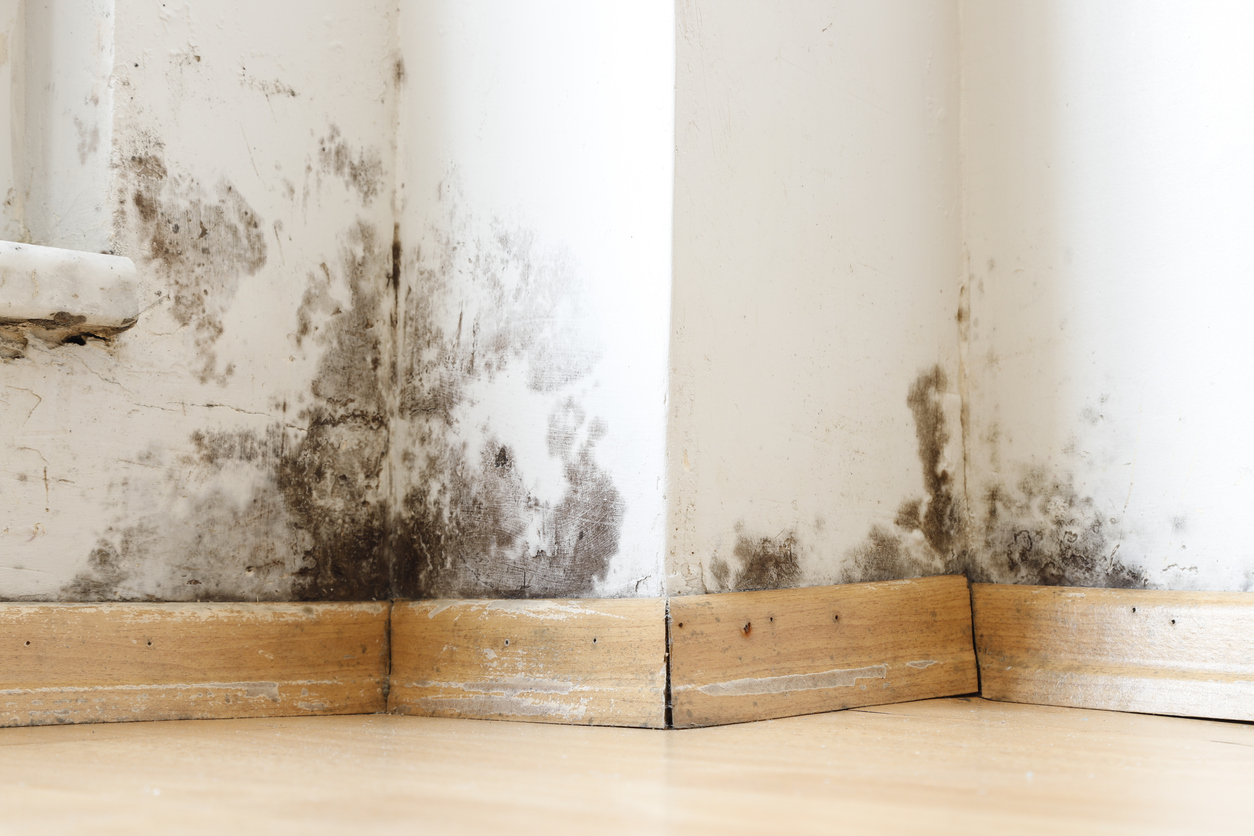As the Pacific Northwest transitions into summer, Seattle-area homeowners often breathe a sigh of relief—finally, the rain slows down. But dry weather doesn’t mean your home is in the clear. In fact, July kicks off the prime season for hidden mold growth, especially in homes that endured heavy spring moisture.
From attics in Tacoma to basements in Puyallup, and even HVAC systems in Lakewood and University Place, mold thrives in areas where moisture lingers out of sight. This post outlines the most overlooked mold zones in greater Seattle and what you can do now to stop growth before it damages your home—and your health.

Why Summer Mold is a Serious Concern
While many people associate mold with winter leaks or fall floods, Seattle’s mold season actually peaks in summer. Why? Because mold loves two things: moisture and warmth. When the rainy season ends, any trapped moisture in crawl spaces, wall cavities, or behind furniture is suddenly subjected to rising indoor temperatures—creating a perfect breeding ground.
If you live in Tacoma, Spanaway, or Edgewood—where older homes and shaded lots are common—this is especially true. Mold doesn’t need a storm to thrive. It just needs the right environment, and July provides it.

Hidden Places Mold Grows in Seattle-Area Homes
You won’t always see mold growing, but you might smell it—or worse, feel it in your breathing. Here are some of the most common locations we find active mold in homes across the Seattle metro:
1. Attics
Poor ventilation, old insulation, and spring roof leaks create damp air pockets. Combine that with July’s rising heat and you’ve got mold above your head.
2. Crawl Spaces
Moist soil and low airflow make crawl spaces a mold magnet. In homes across Tacoma and Puyallup, we often find mold hiding under floor joists and HVAC ductwork.
3. Wall Cavities and Behind Furniture
When outside moisture seeps through siding or foundation cracks, it may never make it into your living space—but it can quietly support mold growth inside the walls.
4. Air Conditioning Systems
Mold spores love condensate pans and duct interiors. If your HVAC hasn’t been cleaned since winter, now is the time.
5. Bathrooms Without Exhaust Fans
This is still one of the top mold zones we remediate in University Place and Lakewood homes. High humidity from daily showers, plus poor ventilation, equals guaranteed growth.

Warning Signs of a Hidden Mold Problem
Here’s what to watch for—especially in older homes or homes that had water issues this spring:
- Persistent musty odor, even when everything looks clean
- Condensation on windows or interior walls
- Warping baseboards or bubbling paint
- Allergy symptoms like coughing or sneezing indoors
- Spongy flooring or discolored ceiling corners
Any one of these signs could point to a growing mold problem that requires professional inspection.

How to Stop Summer Mold Before It Spreads
If you haven’t had a mold or moisture inspection this year, July is the time. Prevention now is far cheaper than remediation later.
- Schedule a moisture and mold assessment. Our team at 911 Restoration of Seattle uses thermal imaging and moisture meters to identify damp zones behind walls, under floors, and in ceilings.
- Improve airflow throughout your home. Use dehumidifiers in basements, install attic vents, and always run your bathroom fan after showers.
- Clean and service your HVAC. This includes duct cleaning, replacing filters, and checking for mold inside your AC unit’s drip pan.
- Remove and replace moldy materials. If you discover moldy insulation or drywall, it must be safely removed and replaced. Simply cleaning the surface won’t stop it from returning.
- Act quickly after any water incident. Even small leaks or condensation spots can lead to major mold colonies. Don’t wait.

Mold in Tacoma or Puyallup? We’re Just a Call Away.
The longer mold stays undetected, the more damage it causes—to your air quality, your structure, and your peace of mind. If you suspect mold, don’t try to clean it with bleach or cover it up with air freshener. Get real answers from a certified team who understands Seattle’s unique weather and housing stock.
Contact 911 Restoration of Seattle today for a free visual inspection or emergency mold remediation services. We serve Tacoma, Puyallup, Spanaway, Edgewood, Lakewood, University Place, and beyond—with fast response and expert care.


